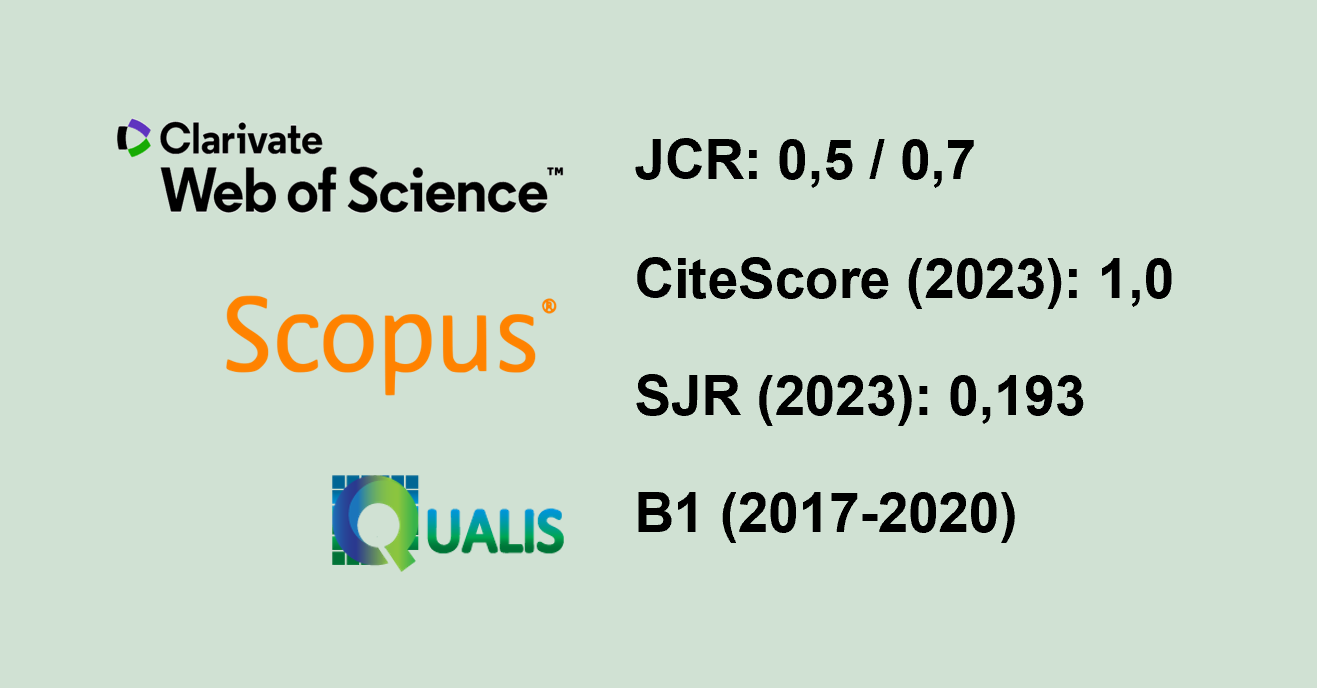Fiber quality indices of Corymbia spp. and Eucalyptus spp. wood for the selection of genetic materials for pulp production
DOI:
https://doi.org/10.53661/1806-9088202549263840Keywords:
Runkel ratio, Mechanical resistance of cellulose pulp, Fiber flexibilityAbstract
The selection of genetic materials for obtaining cellulosic pulp and paper production necessitates evidence of efficiency in terms of silvicultural performance and industrial processing. In this context, this study aimed to select genetic materials from Eucalyptus spp. and Corymbia spp. for pulp production. The selection was achieved through cluster analysis, based on the morphological traits of the main anatomical elements of the wood, the screened brown pulp yield, and fiber quality indices (Runkel ratio, slenderness ratio, Mulsteph coefficient, and flexibility coefficient). Sixteen genetic materials were evaluated, each represented by three trees of average diameter, collected at 81 months of age with a planting spacing of 6x1.5 m, from plantations located in the municipality of Itamarandiba - MG, Brazil. Axiovision 4.8 software was used to measure the dimensions of fibers and vessels under an optical microscope. Information regarding the screened pulping yield for these genetic materials was obtained from literature. Three distinct groups of genetic materials emerged from cluster analysis. In group I, hybrids with longer and less flexible fibers (Runkel ratio >1, wall fraction >50%, and flexibility coefficient <50%) predominated, making them more suitable for manufacturing absorbent papers. In contrast, groups II and III comprised genetic materials with higher screened yields (>52.0%), lower wall fractions (<50%), and other fiber quality indices indicating a predominance of more flexible fibers (flexibility coefficient >50% and slenderness ratio >51%). These fibers are primarily more suitable for producing tear- and burst-resistant papers, intended for packaging and bags.
Keywords: Runkel ratio; Mechanical resistance of cellulose pulp; Fiber flexibility
Downloads
Published
How to Cite
Issue
Section
License
Copyright (c) 2024 Revista Árvore

This work is licensed under a Creative Commons Attribution 4.0 International License.
All authors agreed to submit the work to Revista Árvore and granted the exclusive license to publish the article. The authors affirm that it is an original work and has not been previously published elsewhere. The scientific content and opinions expressed in the article are the sole responsibility of the authors and reflect their opinions, not necessarily representing the opinions of the editorial board of Revista Árvore or of the Society of Forest Investigations (SIF).








